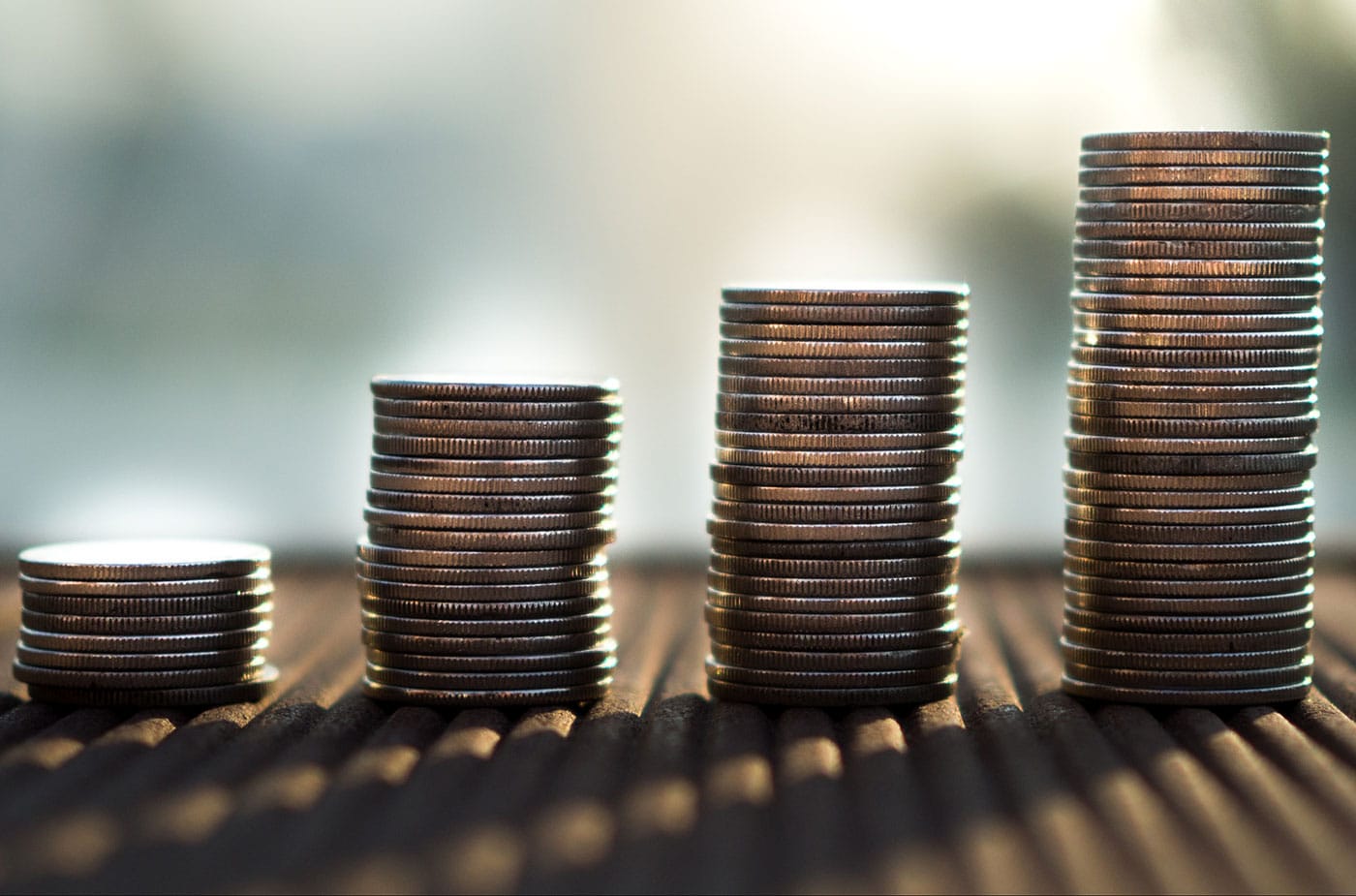
An investor can derive a return from an investment in two ways – cash return and capital growth. The cash return puts cash in your pocket during the investment, while capital growth puts cash in your pocket at the end of the investment (once it is liquidated).
Which is better – should investors focus on investments that generate a cash return or should they chase capital growth? Does an investment have to provide both forms of return to be successful? These questions apply universally to all investments, not just property. For example, some share market investors fret over whether to focus on dividends or share price appreciation.
Aim for a mix of cash & capital growth
There is no right or wrong answer to these questions. All investors want to maximise their total return from an investment. As such, the conventional wisdom is that you need to achieve a balance of cash and capital growth returns.
What is a cash return?
The cash return from a property investment comes in the form of net rental cash flow – total lease payments minus all cash expenses. Cash flow increases the value of a property investment if it is reinvested in the property itself. If it is taken out as a cash return, that value is in your pocket, not the property. Therefore, the capital growth of the property will be that much lower.
An important benchmark for many investors is to search for properties that are at least cash flow neutral. The idea here is for a property to be self-funding, that is, it should generate sufficient cash to pay the debt servicing costs on loans used to purchase the property.
What is capital growth?
The value of a property investment grows three ways.
Firstly, it can grow naturally if the market values it more highly over time. The obvious example is an urban property whose value grows simply because its location becomes more central as the city expands.
Secondly, the value of a property grows if its profitability has improved. A $1,000 investment that generates $100 cash profit becomes more valuable if it is better managed to generate $150 in cash profit.
Thirdly, it can grow if some of its cash profit is reinvested in the property, even if that investment produces little or no improvement in profitability. The idea here is that the market value of an investment should ideally be at least as great as the book value of that investment.
Typically, capital growth comes from a mix of all three sources, especially for non-residential properties – retail, commercial, industrial, office and agricultural – where the layout and design of buildings can do much to improve productivity.
Conclusion
So, should an investor focus on cash return or capital growth? Ultimately, the answer depends on your cash needs, but many will argue that finding a balance between the two is the best option.
The most important metric to focus on is total return – the higher the better. As such, you should look for property investments that maximise their total return in a mix of cash flow and capital growth that meets your income needs and provides a competitive rate of capital growth. This is easier to achieve through an efficiently diversified portfolio of investments rather than a single property.
